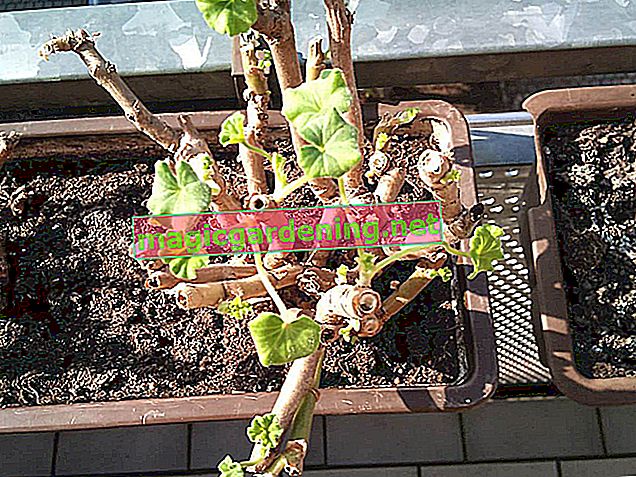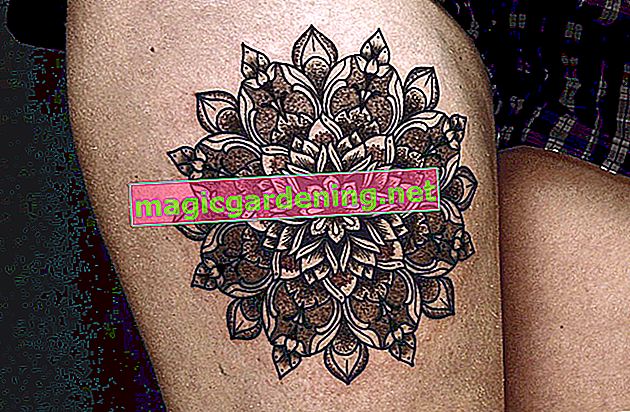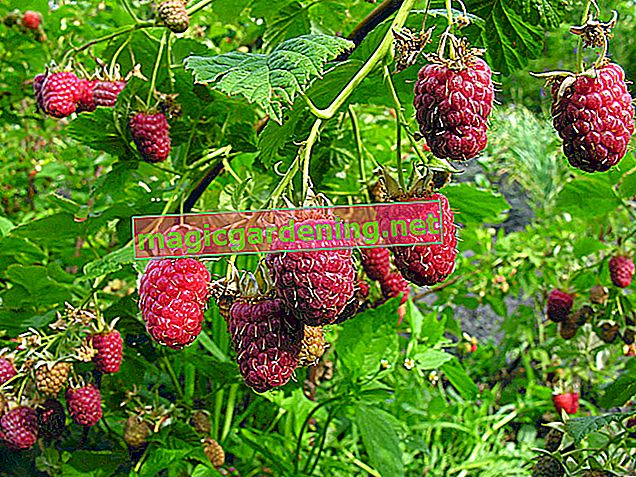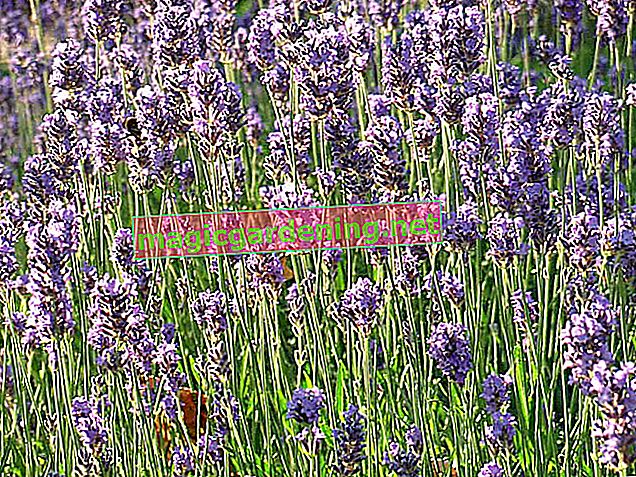
Cut Japanese maple or not?
Usually maples should not be pruned back if possible, as they can only tolerate pruning poorly due to a high tendency to bleed. The Japanese maple should not be cut more than absolutely, but is generally more compatible than other types of maple. Regular pruning can even have advantages with Acer palmatum, so a cut promotes the fine branching of the filigree shrub and denser foliage.
also read
- Maintain, cut and overwinter the Japanese maple bonsai properly
- If possible, do not transplant Japanese maple
- Japanese maple - good care for a particularly beautiful leaf color
The optimal cutting time
As with all other types of maple, the time for cutting should also be the right one for Japanese maples. It is essential to avoid pruning in autumn or winter, as this is when the tree is particularly prone to bleeding and fungi and other pathogens can easily penetrate the wood. In addition, cuts should be able to heal in good time before winter so that the tree can survive the cold season in good health. For this reason, the Japanese maple should be pruned in May or June if possible.
Do not cut into old wood
Furthermore, if possible, only cut into fresh, less biennial or perennial wood. The reason for this lies in the tendency of this year's wood to reliably develop new shoots - a tendency that older shoots no longer have. Make sure to always remove shoots one to two centimeters above a bud or a branch, because it is from there that the tree forms new side shoots more easily. The remainder is treated with a wound closure agent and only removed after it has dried off.
Always disinfect the cutting tool
Hygiene is particularly important for every pruning - especially with regard to the risk of infection with the wilt or other fungal disease. The cutting tool should be sharp and freshly disinfected. The disinfection must also be carried out after the treatment in order to counteract the possible transmission of pathogens.
Treat cuts with wound closure agent
Due to the high tendency to bleed, it also makes sense to always treat cuts in Japanese maples with a disinfectant wound closure agent. This not only curbs re-bleeding, but also prevents pathogens from entering.
Tips
When raising a Japanese maple to become a bonsai, all the shoot tips are first removed in spring. This measure leads to finer branching, and the tree then forms smaller leaves.








